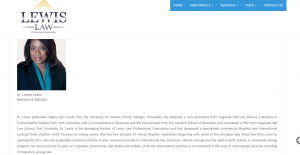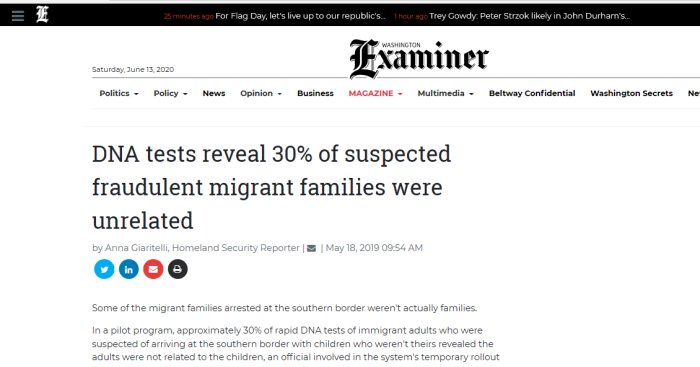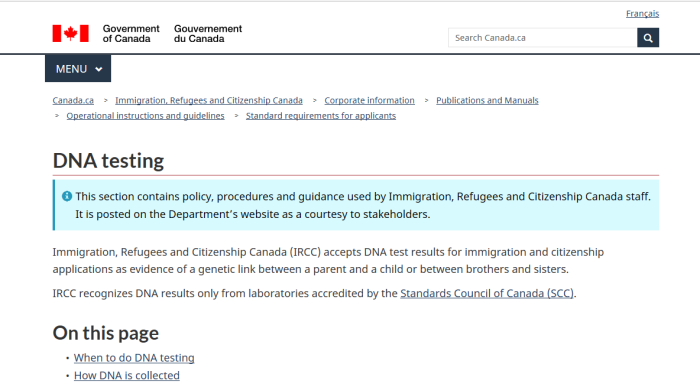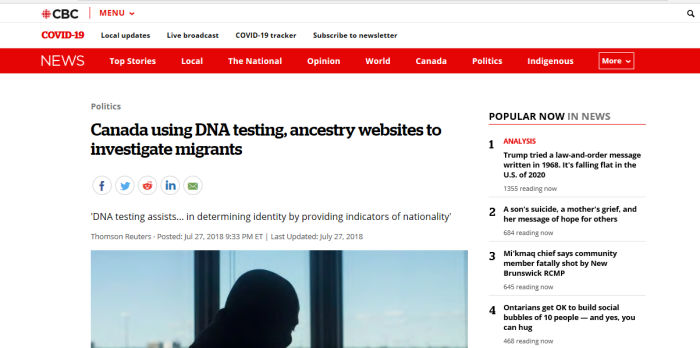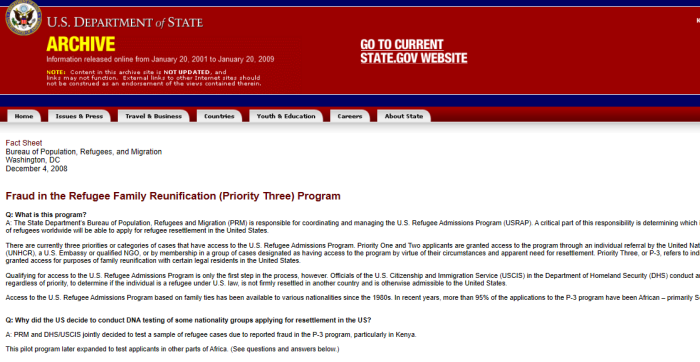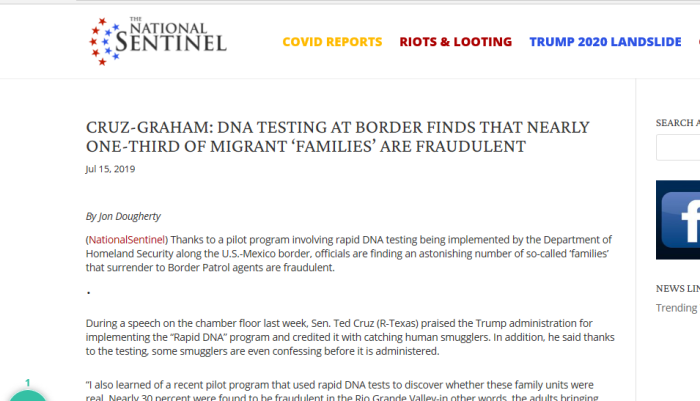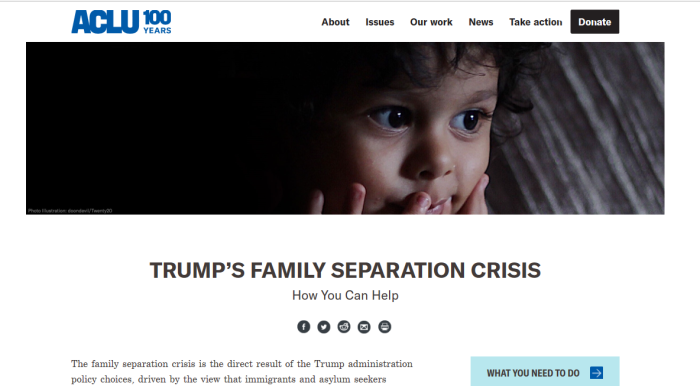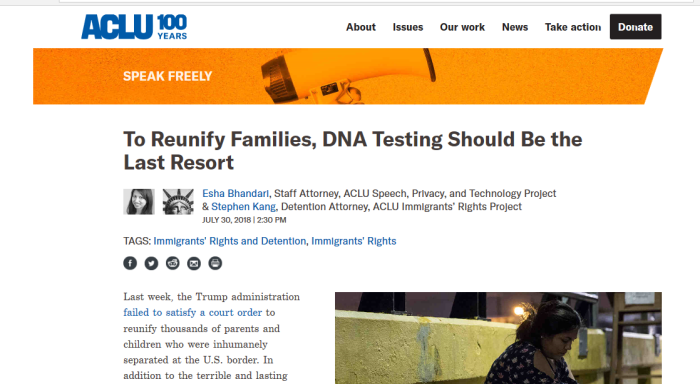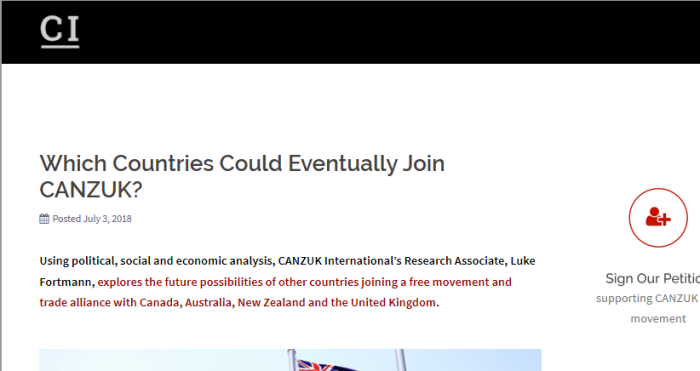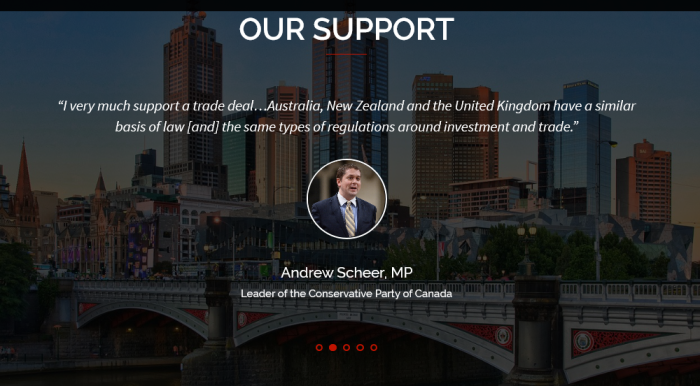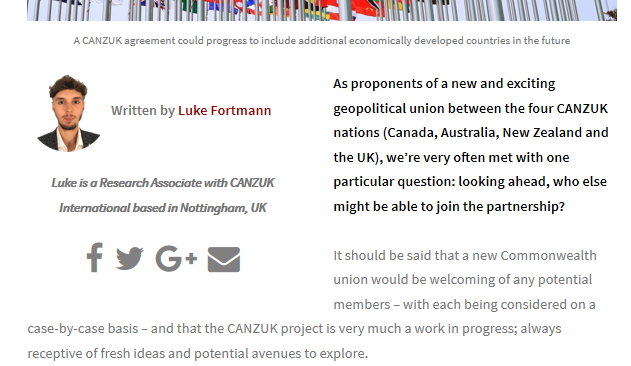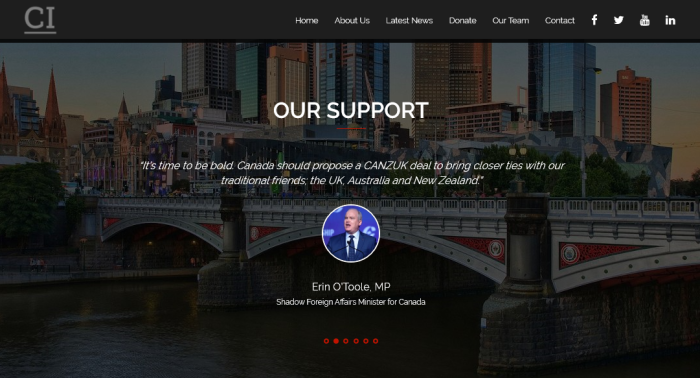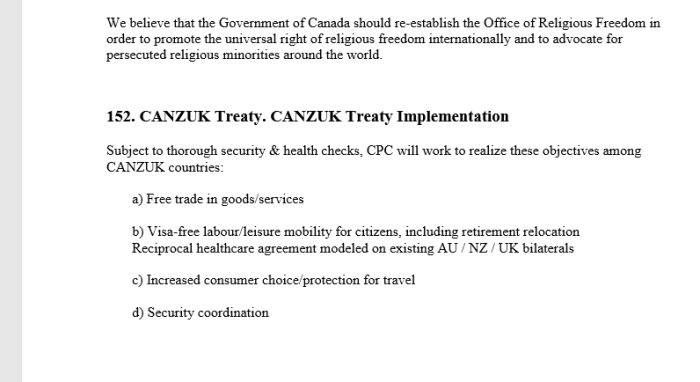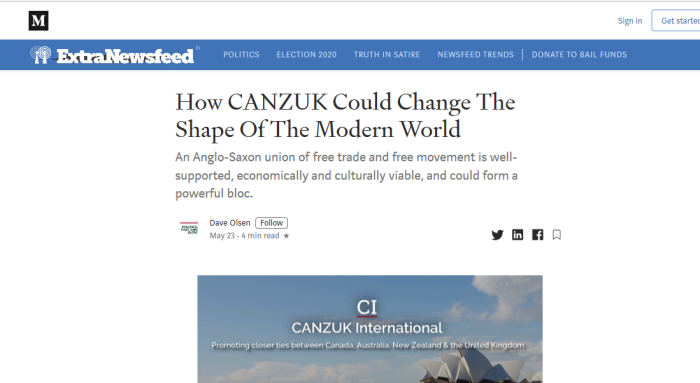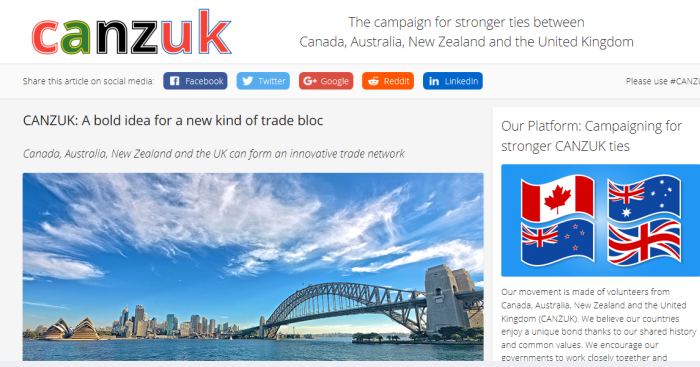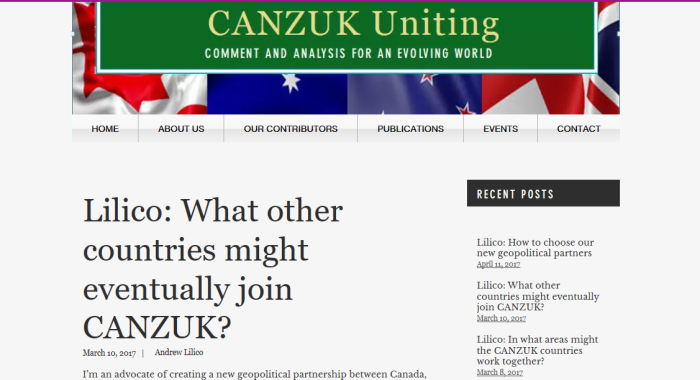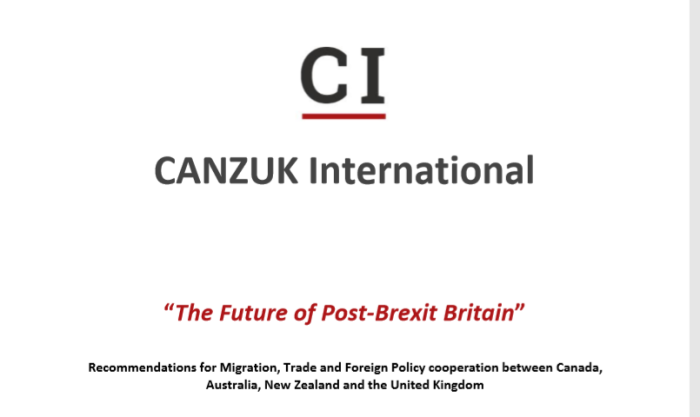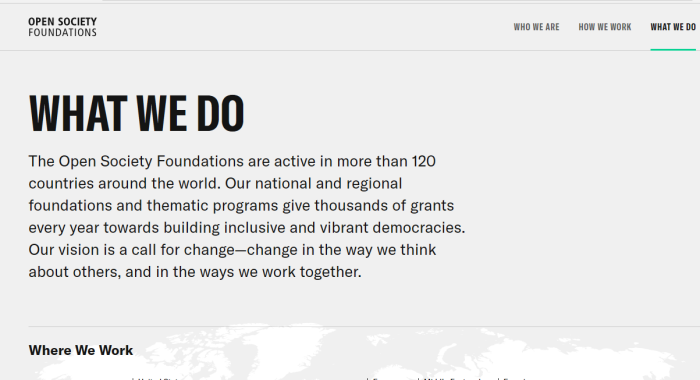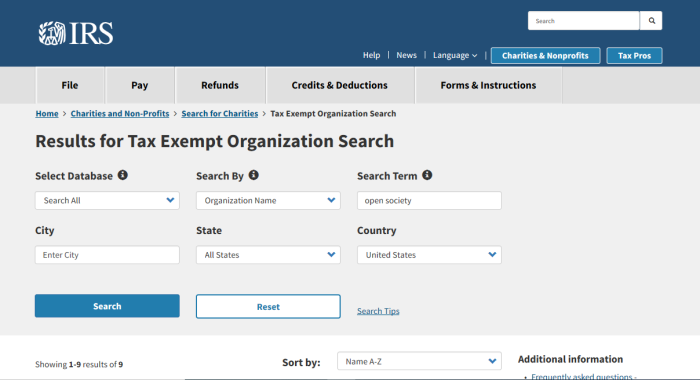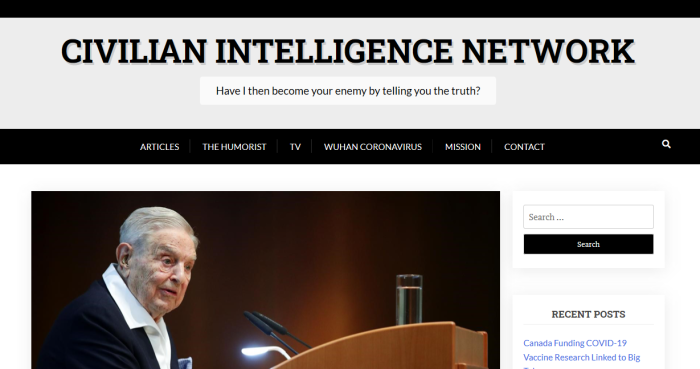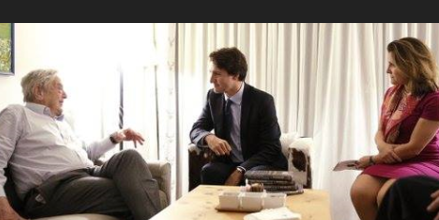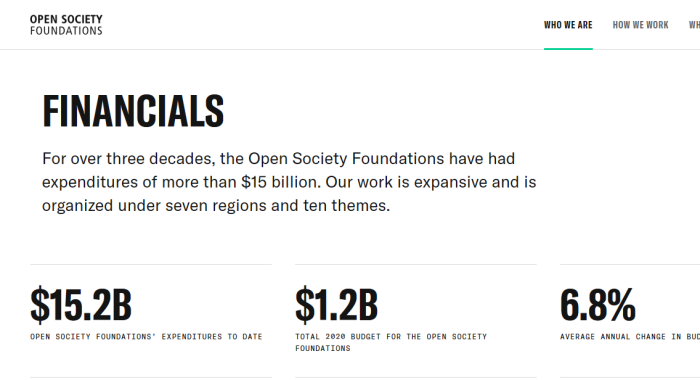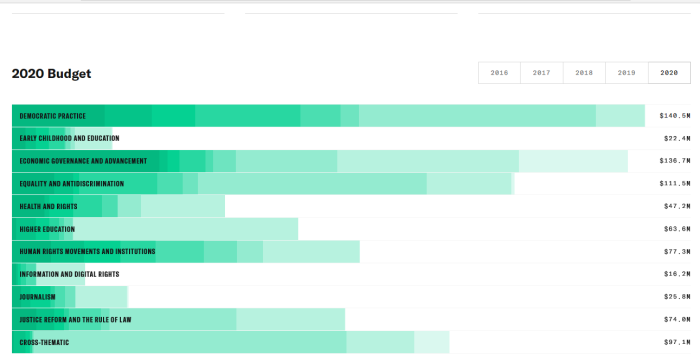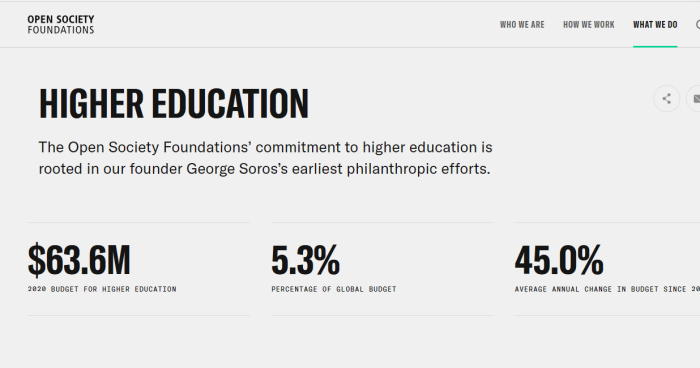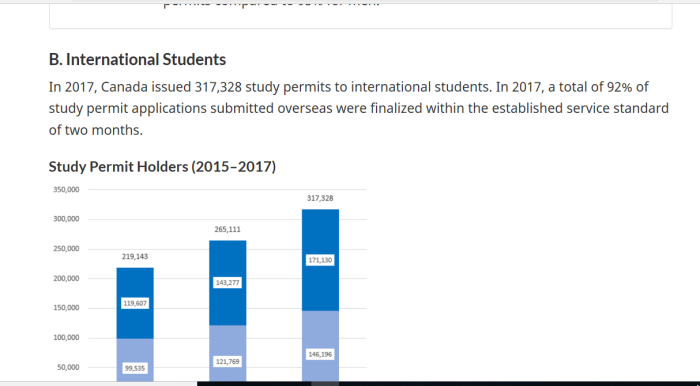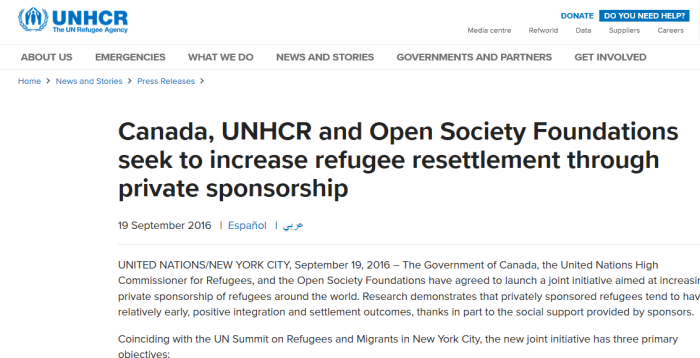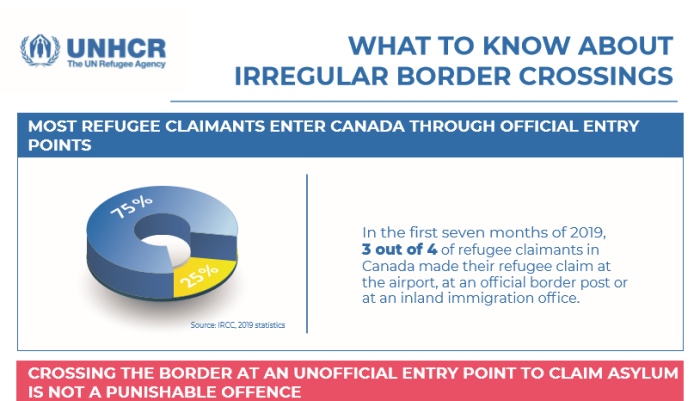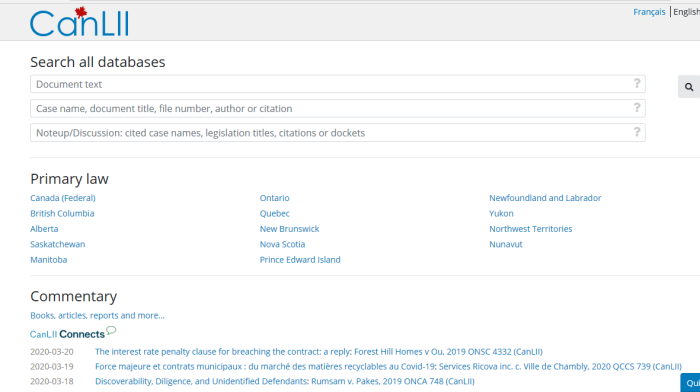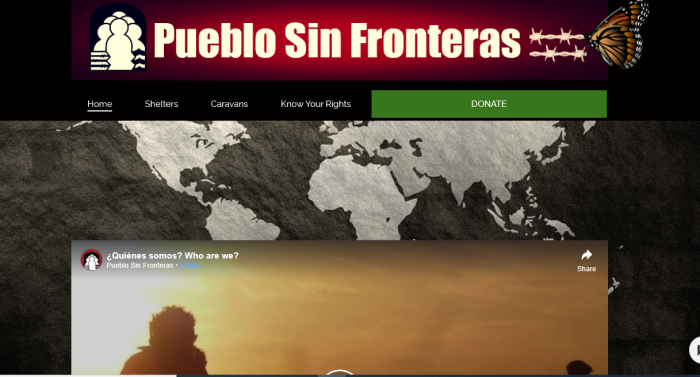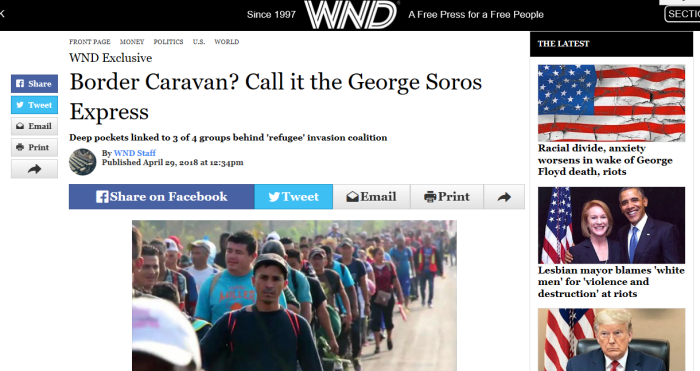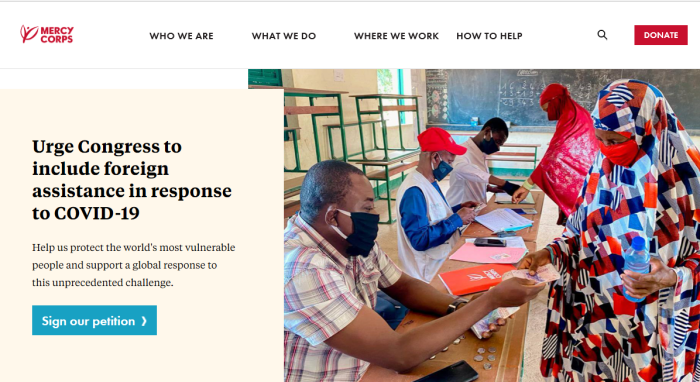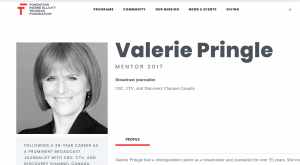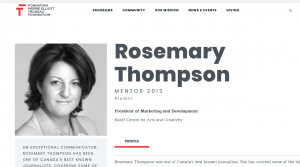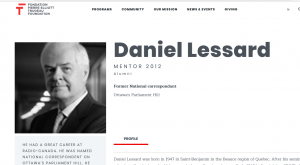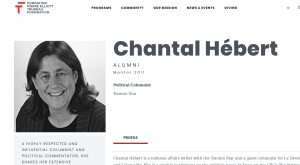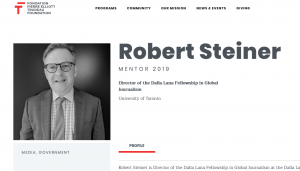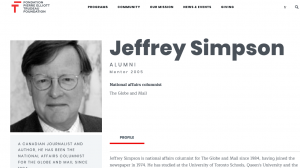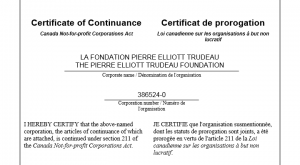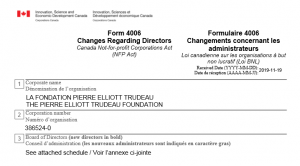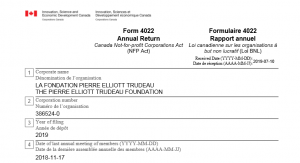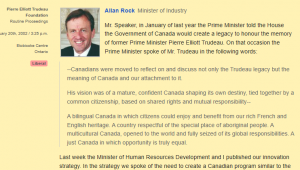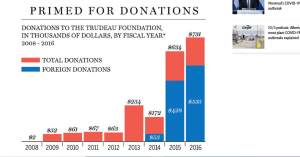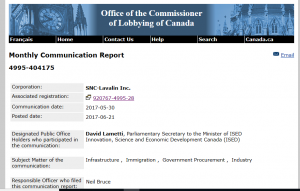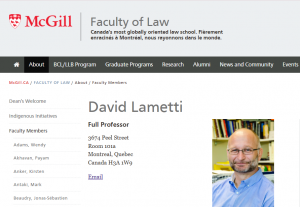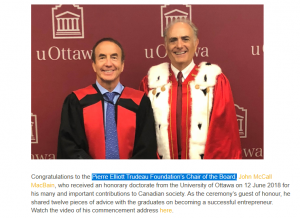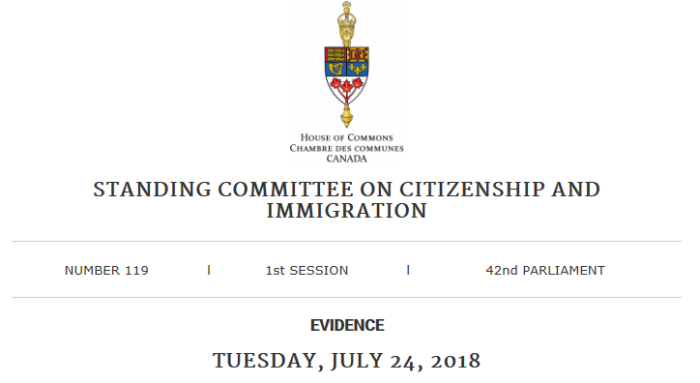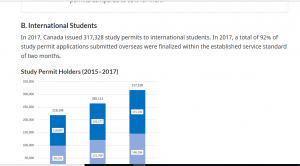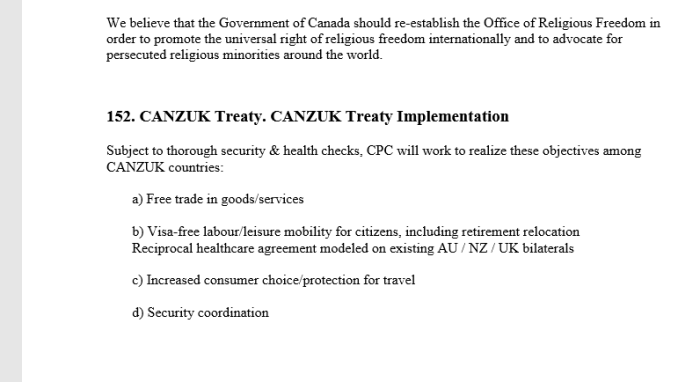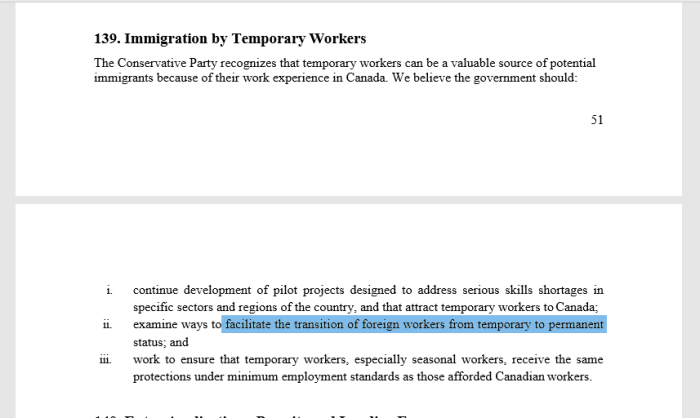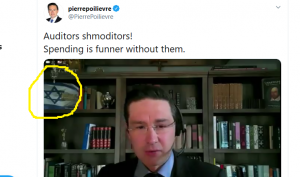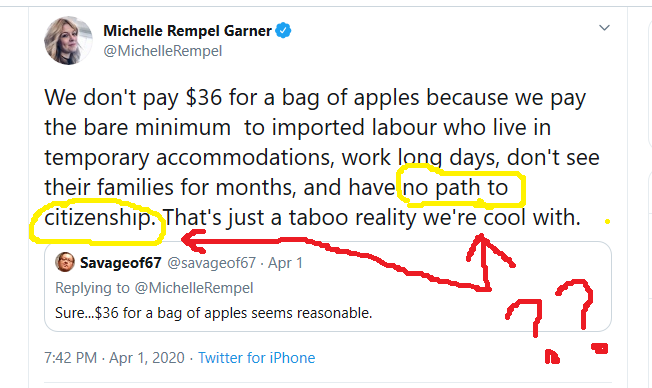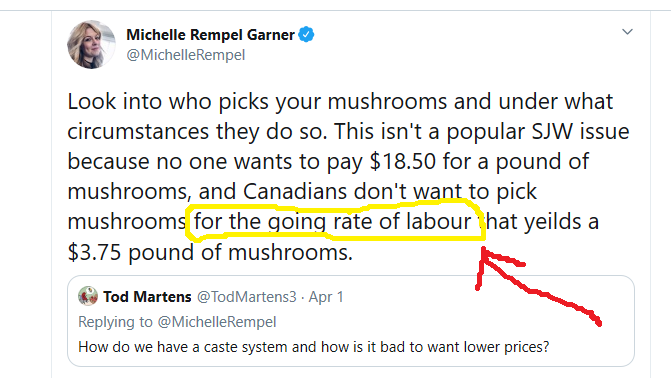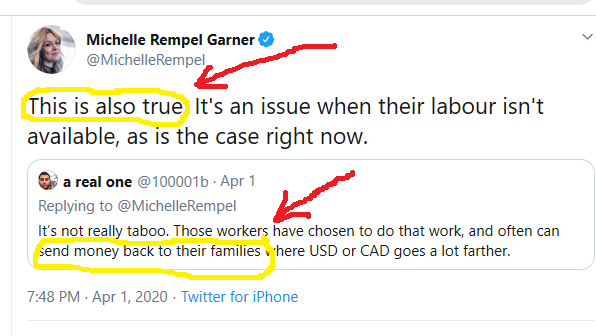
1. Overall Impression
Just let it implode.
That’s the reaction I got from watching the CPC debate. Real issues were shoved aside in favour of extremely superficial discussion. Granted, political debates are rarely meant to be engaging and in depth, and this was no exception.
This could be easily forgiven if official platforms and discussions were in depth on the important matters. However, that doesn’t appear to be the case.
If this group represents the future of the Conservative Party of Canada, then it’s probably best to just let the party collapse, and focus on other alternatives. It is every bit as globalist as the Liberal Party, and meaningful differences are few and far between.
2. Border Security & Enforcement
While Conservatives used to brag about how they would close the loophole in the Safe Third Country Agreement, that talking point seems to have dropped from their agendas. True, the agreement was modified, but many of the same issues still exist.
Of course they don’t mentioned that they never implemented a proper entry/exit system either, despite a recent decade in power. They never brought up that S3CA was drafted in such a way that the United Nations was a party to it, and consultations were required. They didn’t ever address the NGOs (many Jewish) who have been fighting in court for decades to keep the Canada/U.S. border open. Conservatives also downplayed the expediting of work permits to illegals, and amnesty for illegals.
It would be nice for conservatives to address abominations like Sanctuary Cities, which encourage and reward people for being in the country illegally. However, few seem to care.
In fact, conservatives have been, and remain, complicit, in ensuring that there isn’t any real border security in Canada. Closing the Safe 3rd Country Agreement is just a tiny piece of it. There is silence on so much else.
3. True Scale Of Immigration Into Canada

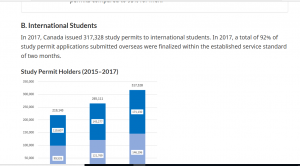
This has been brought up repeatedly on this site, but the “official” immigration numbers in no way reflect the number of people actually entering Canada with some pathway to stay longer. Each year, hundreds of thousands of students and “temporary” workers enter Canada. But this is noticeably absent from the discussion. Remittances drain our national coffers, pilot programs are varied and numerous, immigration is pushed even during times of high unemployment, and rich people can simply purchase a pathway to permanent residence. These are just a few examples of the mess that is the Canadian immigration system.
This also should be noted: every year thousands of “inadmissibles” are denied entry originally, but then allowed in LEGALLY anyway. What’s even the point?
This also ties back to the last section. Since Canada doesn’t actually have a proper entry/exit system in place, how can he ensure that students and temporary workers, (and the inadmissibles) are actually leaving the country afterwards?
Sloan (to his credit), made a few vague references to reducing immigration, but has never addressed the true size of the problem.
4. Lack Of Transparency On CANZUK
O’Toole repeatedly brought up CANZUK as a free trade agreement between Canada, Australia, New Zealand and the United Kingdom. What he left out was that CANZUK also has a free movement provision, which allows citizens to freely move between countries. O’Toole deliberately omits as well that he fully intends to expand CANZUK to other nations as well. Watch 2:00 in the video.
5. Continued Population Replacement
(Page 18 of the 2004 Annual Report to Parliament)
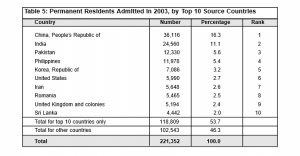

(Page 24 of the 2005 Annual Report to Parliament)

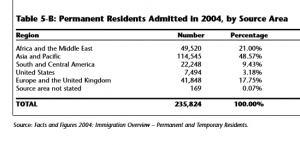
(Page 18, 19 of the 2006 Annual Report to Parliament)
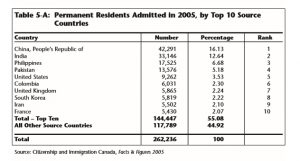

(Page 19, 20 of the 2007 Annual Report to Parliament)


(Page 21, 22 of the 2008 Annual Report to Parliament)
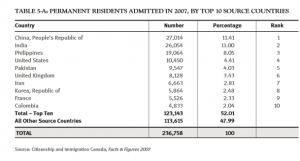
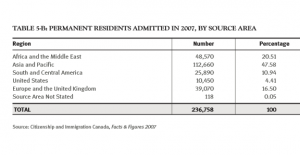
(Page 16 of the 2009 Annual Report to Parliament)
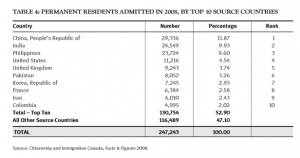
(Page 14 of the 2010 Annual Report to Parliament)
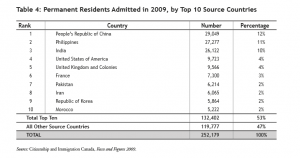
(Page 18 of the 2011 Annual Report to Parliament)
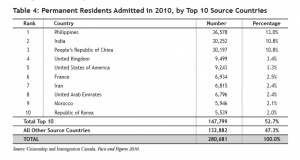
(Page 15 of the 2012 Annual Report to Parliament)
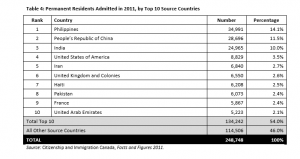
(Page 19 of the 2013 Annual Report to Parliament)

(Page 16 of the 2014 Annual Report to Parliament)
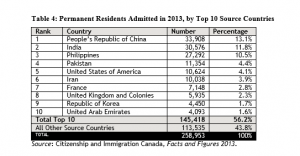
(Page 16 of the 2015 Annual Report to Parliament)
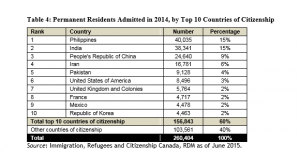
(Page 10 of the 2016 Annual Report to Parliament)
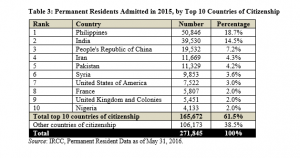
(Page 14 of the 2017 Annual Report to Parliament)

(Page 28 of the 2018 Annual Report to Parliament)
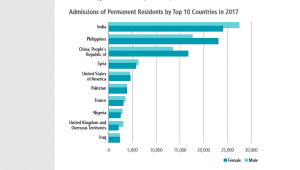
(Page 36 of the 2019 Annual Report to Parliament)
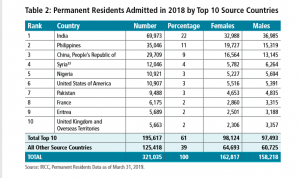
This is by no means everyone entering Canada, but does demonstrate a point. In recent decades, immigration to Canada has overwhelmingly been from the 3rd world. This has resulted in irreversible demographic changes, to balkanization, and to a society where many feel no need to integrate.
Instead of addressing this, the candidates all cucked hard at the issue of “systemic racism. Instead of calling out the farce being played out live, they all submitted. Candidates all, to various degrees, played along with the horrors that people of colour experience on a daily basis.
Never mind that the only group that it’s legal to discriminate against is whites. In particular this means white men. This display was truly revolting to watch.
6. Silence On “Gladue Rights” Hypocrisy

If conservatives really wanted to address inequality in the criminal justice system, they could have brought up “Gladue rights”, which entrench special rights and considerations for Aboriginals and blacks. This abomination has been upheld as legal by the Supreme Court of Canada, and is now commonplace in criminal courts. Yes, we actually have race-based-discounts in criminal courts, even in sentencing. If this isn’t systematic racism, then what is?
Critics have claimed this is necessary, given the overrepresentation in prisons. While there is overrepresentation, these same critics try to avoid the key issue: CRIME RATES. They will look to any other reason to explain this disparity, other than actual criminal behaviour.
It was Gladue rights that allowed Terri McClintic to go to a healing lodge, for a brief period at least. This has been the law since the 1990s, but yet no one in power talks about that systemic racism.
7. International Banking Cartel

While Conservatives do whine about the debt, they deliberately avoid discussing WHY the situation is so bad. Specifically, since 1974, Canada has been borrowing primarily from private sources. Money is always artificially created, but when it’s owed to – say the Bank of Canada – the debt stays in Canadian hands. It can be paid off or cancelled at any time. Not the case when it is private institutions doing this.
In fact, over 90% of Canada’s national debt has been from accumulated interest. Liberals and Conservatives alike play along with this fraud, ensuring the balance grows.
Canada currently owes about 30% to foreign interests, which give them great leverage over us. Despite vague talking points, supporters have never been able to explain how private loans reduce inflation, and even if true, why this is better than simply using the Bank of Canada. Worse, Conservatives were in power when this was challenged in court by COMER, so they can’t claim ignorance on the issue.
Fiscal conservatives will always focus on a symptom (the debt), and not on the disease (the international banking cartel). They are complicit in helping this scheme along.
8. Silence On Climate Change Scam
I can’t even be happy about the approach here, and this is why. It’s another case of the Conservatives focusing on symptoms (Paris Accord, Carbon tax), while ignoring the underlying disease (the climate change industry). The candidates repeatedly say that the Carbon tax is an ineffective means for implementing a climate plan. The point to Provincial court challenges, while omitting that they are really just a form of controlled opposition.
The problem is that the entire climate change industry is built on lies and deception. Carbon Dioxide is plant food, and playing along with this hoax does not serve Canadians’ interests in the slightest. Broadly speaking, money which Western nations provide (with debt of course), are used for climate bonds, and predatory loans to the 3rd world.
None of this benefits Canadians, nor helps the environment in any way. Yet conservatives are quite willing to play along with the agenda, even if they claim to oppose the Carbon tax.
9. Support For Internationalist Agenda
Throughout the “debate”, candidates were criticizing Trudeau for how he handles affairs internationally.
Problem is, they criticize his handing of it only. They have no problem with the agendas themselves. Conservatives have no issue with being in bed with the U.N., or groups like the Trilateral Commission, the Bank for International Settlements, the World Trade Organization, CANZUK, or supporting agreements like the USMCA or the Trans-Pacific Partnership.
To reiterate: conservatives are only being critical for how Trudeau handles the globalism agenda. They have no problem with the agenda itself.
10. Two-Faced On Trade Protectionism
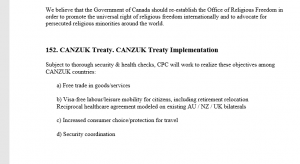
This was amusing to see the mental gymnastics at play. The Conservatives support the globalized trade agenda: NAFTA; (it’s successor USMCA); CANZUK; Trans-Pacific Partnership; FIPA, and countless more deals.
Problem is, as long as a part supports the offshoring agenda, they will never believe in protectionist policies. While all candidates gave lip service to wanting to be self sufficient, the reality is that they don’t. Keeping control over the production of essential goods necessitates protectionist policies — and an anti-free trade mentality. Conservative policies over the years have directly contributed to the dependence on foreign powers that are hostile to us.
11. Social Conservatives Thrown Under Bus
There was some talk from all candidates about the need for a “bigger tent”, and for bringing social conservatives in.
The problem is: there’s no sincerity behind this movement. Social conservatives are nothing more than a voting base to be tapped into. This party supports diversity, multiculturalism, gay “marriage”, the gender agenda, widespread abortion, and other non-traditional beliefs. In fact, the more diverse a country becomes, the less there is to conserve socially.
Read between the lines here. Soc-Cons are to be used as a vote supplement, nothing more.
12. Shift From Identity To “Values”
A major problem with conservatives is that they don’t believe that national identity is worth protecting. Whether it be demographics, culture, language, heritage, customs, traditions, religion, etc… As such, they don’t make any effort (other than platitudes), to preserve the makeup of the country.
Instead, they go with the much more vague and malleable notion of “values”. These are simply ideas that can be changed or watered down to suit political purposes.
13. Miscellaneous Points To Add
(Peter Mackay pledges – in writing – no merger with Alliance if he wins)
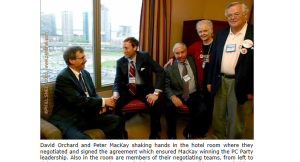
(Peter MacKay sticking the knife in again?)
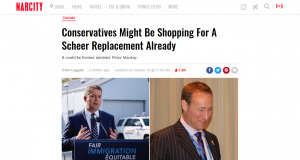
MacKay has been around for a long time, and was involved in Harper’s globalist agenda all along. He and Maxime Bernier helped with the 2007 endorsement of the UN Parliamentary Assembly vote. There’s also his history of stabbing his colleagues in the back, from David Orchard to Andrew Scheer. MacKay is also connected to the Desmarais family, having previously dated Paul Desmarais Jr.’s daughter.
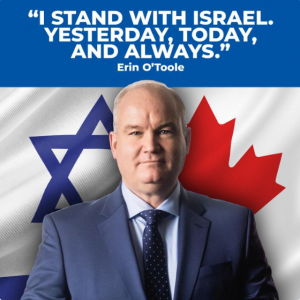
Aside from pandering constantly, O’Toole has tweeted out that he is a shill for foreign interests, or one in particular. Makes ones reasonably question his loyalty and commitment to Canada. Also noteworthy is that he spent a few years at the (now defunct) law firm of Heenan Blaikie. This is the same firm Jean Chretien and Pierre Trudeau worked at. It had also been infiltrated heavily by the Desmarais Family.
Dr. Lewis graduated magna cum laude from the University of Toronto (Trinity College). Thereafter, she obtained a Juris Doctorate from Osgoode Hall Law School, a Masters in Environmental Studies from York University, with a Concentration in Business and the Environment from the Schulich School of Business, and completed a PhD from Osgoode Hall Law School, York University. Dr. Lewis is the Managing Partner of Lewis Law Professional Corporation and has developed a specialized commercial litigation and international contract trade practice which focuses on energy policy. She has two decades of strong litigation experience beginning with some of the strongest Bay Street law firms, prior to starting this firm. She has published numerous articles in peer reviewed journals on international law, contracts, climate change and the feed-in-tariff system in renewable energy projects. Her local practice focuses on corporate commercial, real estate and estates, while her international practice is concentrated in the area of cross-border services including immigration, energy law.
While career politicians are distasteful as a rule, Leslyn seems to have come out of nowhere. She finished her PhD dissertation in 2019, at the age of 48. She seems professionally invested in the climate change scam and to have a globalist/internationalist mindset. Not sure this is the best choice for a party that desperately needs to ditch its globalist ties.
14. Forced VS Optional Vaccines
It was nice to hear the candidates say that no vaccines would ever be forced on Canadians — an obvious reference to the CV planned-emic. However, a point has to be made about that.
WHY are they so okay with vaccines in the first place? Given the deception and lies behind the reporting and the overblown nature, why aren’t they questioning the vaxx agenda itself? Why aren’t they questioning the rampant lobbying and conflict of interest here? Instead, the “opposition” seems limited as to whether vaccines should be made mandatory.
15. Just Let It Implode
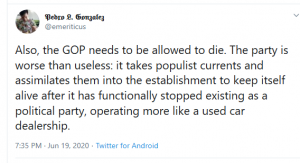
This is some random tweet referring to the Republican Party in the United States. However, the exact same reasoning applies to “conservative” parties in Canada. They co-opt and corrupt nationalist and populist movements in order to incorporate (or appear to incorporate) them into their platform.
The result is that an extremely watered down — or non-existent — version of populist sentiment gets put into the mainstream. This is where puppet journalists obediently parrot the talking points and deceive the public.
The Conservative Party of Canada is not worth saving, or reforming, or overhauling. It needs to die. With it out of the way, more nationalist leaning alternatives can flourish and grow.

